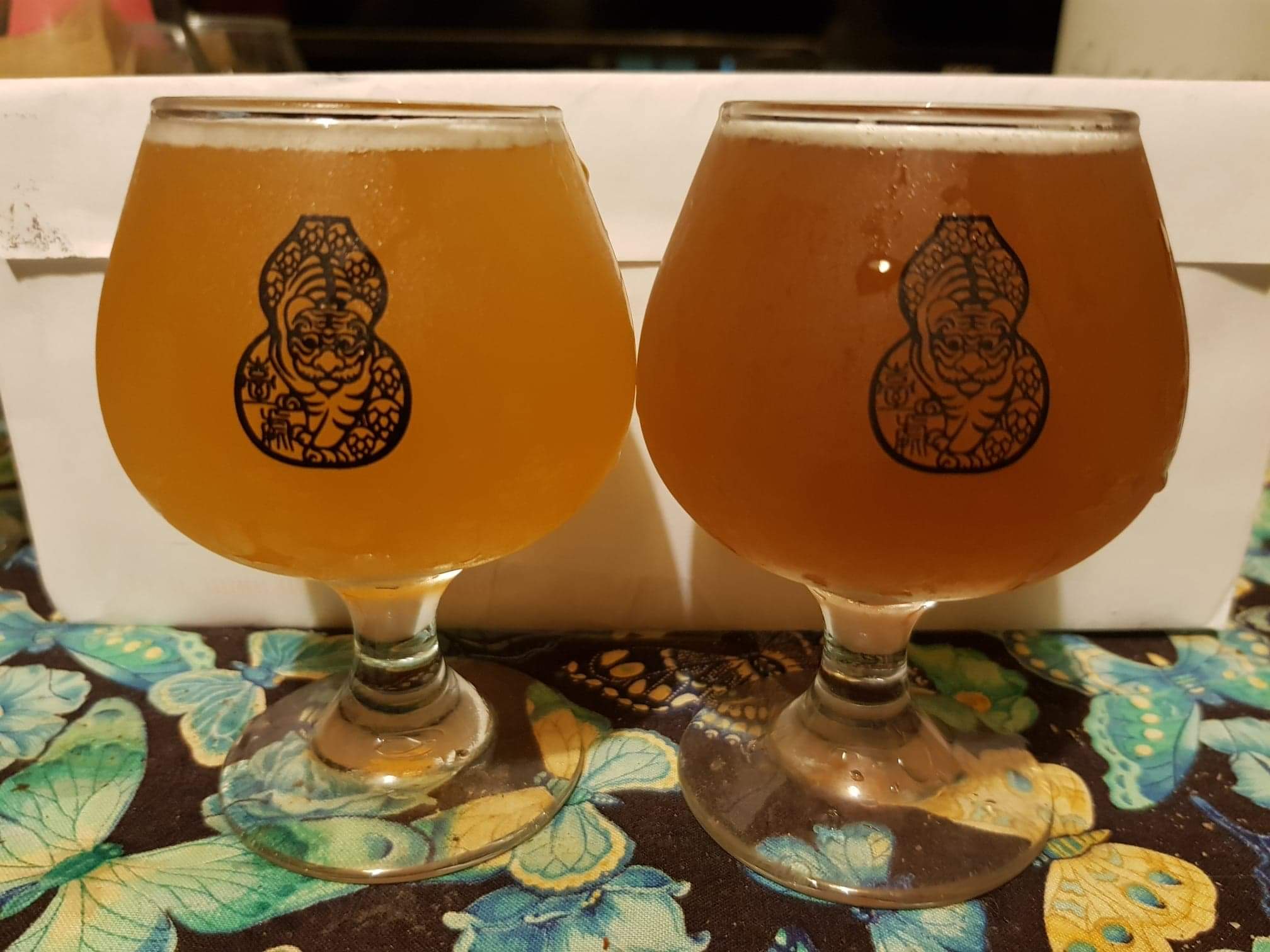I think it uses all the available o2 within the liquid, until there is no food left.Yeah, I was thinking of starting a thread to see if anyone has hard data on exactly how much o2 yeast scavenges. It's obviously more than zero, but definitely not as much as the old thinking on it. It sure does seem to help shelf life to have some yeast activity once the bottle is sealed, though, so that's great
The problem, from my point of view, is that the oxygen from the air in the bottle does not get into solution fast enough. There seems to be still plenty of oxygen left in the headspace in the bottle, after the yeast ran out of food and it looks like this then slowly gets dissolved in the beer, after the yeast ran out of food, and then slowly oxidises it.







